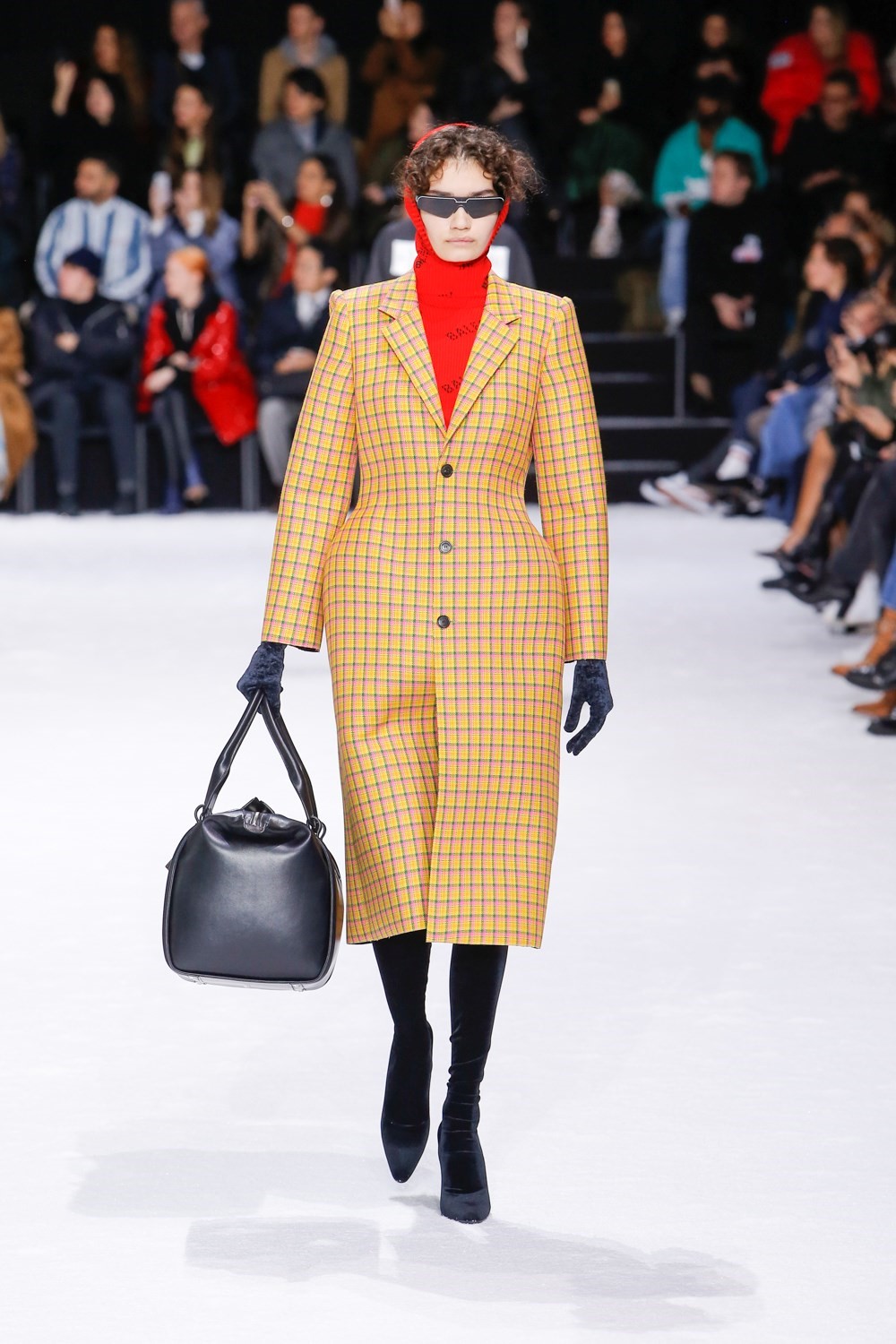
At the Paris Fashion Week, stylist Iris Van Herpen drew the attention with her beautiful 3D printed dress. Balenciaga in turn, took us into the world of “Fashion Technology” during the presentation of the autumn-winter 2018-2019 collection; a way to show how 3D printing is becoming more and more common in haute couture.
Balenciaga is a French fashion and luxury company founded by Cristóbal Balenciaga. During its recent parade at Studio 217 in Plaine Sainte-Denis (France) on March 4th, the company seduced many with its graffiti, a pair of high-tech sneakers, a partnership with The World Food Program for the fight against world hunger…and especially 3D custom printed clothing.
At the heart of manufacturing
During the fashion show, the models presented jackets that would be described as “seamless” in the Fall / Winter 2018 collection.
Balenciaga’s creative director, Demna Gvasalia, explains how 3D printing has been used for haute couture.
The creative team performed 3D scans of the model’s body. Digitizing the body was done using a CAD program to achieve the desired “sewing”. Each scan was then 3D printed, molded and casted using a light foam. Demna Gvasalia then added velvet to complete the realization of the jacket.

Speaking of his creations, the creative director explains to Vogue, “For the first time, I did digital fittings on a laptop. We 3D-scanned bodies and then we altered the shapes in files, 3D-printed them and actually made moulds. The tailoring part that you see is all printed. There are only two side seams and the arm hole. There are no darts, there is no construction, and it’s only one layer of fabric”
If Demna Gvasalia totally appreciated this new way of creating, it should be noted that he was surrounded by specialists of body molding, “3D scanning”, people who did not really know the fashion world. It was a first for them as well as for him, and perhaps the beginning of a long-term collaboration.
The progression of 3D printing in fashion
Balenciaga’s story is just one of many examples of the growing use of 3D technologies within the fashion industry. In fact, what is interesting for designers is the ability to create by taking into account the latest societal trends. In this particular sector, they are increasingly facing “Fast Fashion”, which involves the use of new technologies in the process of creation or presentation.
For further information, follow us on our social media and subscribe to our newsletter!
Would you like to be featured in the next issue of our digital magazine? Send us an email at contact@3dadept.com





